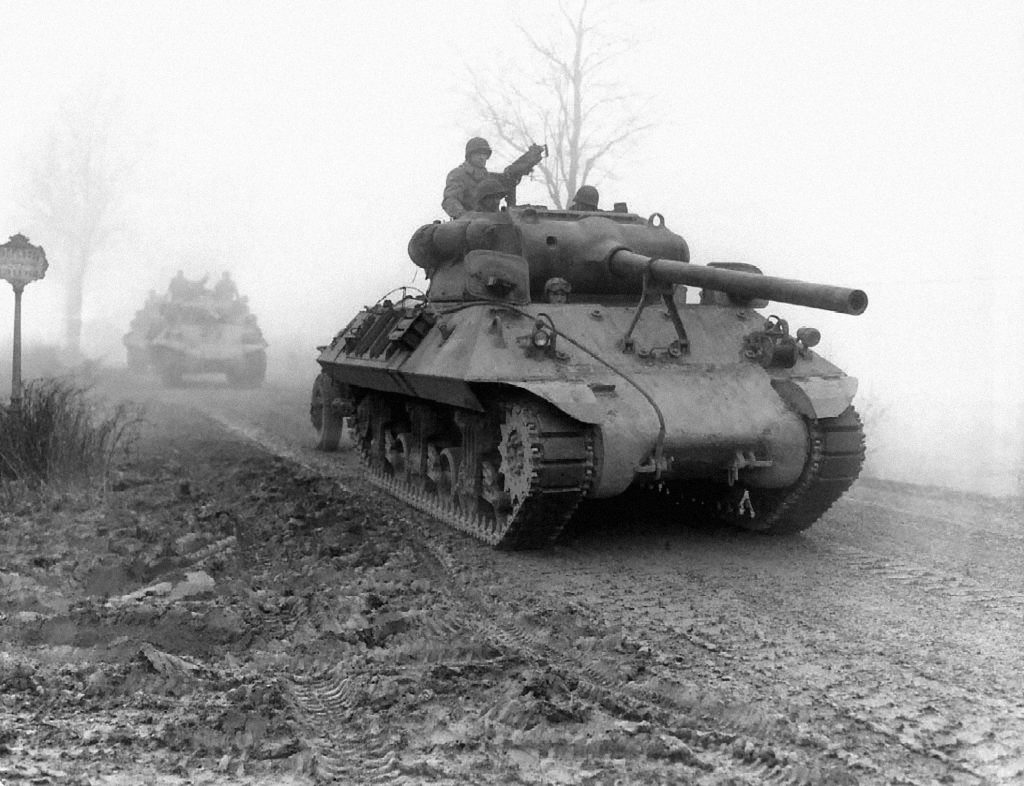The Battles
During World War II several Wars were being fought. The outcome was huge loss of lives, and damage to infrastructures such as airports, military bases, hospitals, reservoirs. This resulted in orphanage, spread of diseases and extreme poverty. Some of these wars fought are listed as follows:
Battle of Britain
The Battle of Britain was an important one. It started on July 10th, 1940. It lasted many months as the Germans continued to bomb Britain. Although the German bombings continued, the British did not stop fighting back. Hitler began to get frustrated at how long it was taking to defeat Great Britain. He soon switched tactics and started bombing large cities including London. Although the Germans had more planes and pilots, the British were able to fight them off and win the battle.
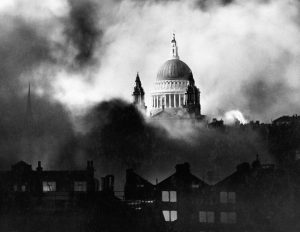
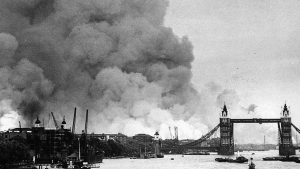
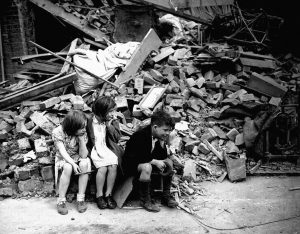
Battle of Atlantic
During World War II both the Allies and the Axis Powers fought for control of the Atlantic Ocean. The Allies wanted to use the Atlantic to resupply Great Britain and the Soviet Union in their fight against Germany and Italy. The Axis Powers wanted to stop them. The Battle of the Atlantic took place throughout the northern region of the Atlantic Ocean, but the battle spread all the way to the coast of the United States and the Caribbean Sea once the United States joined in. The early battles in the Atlantic favored the Germans. They used their submarines to sneak up on British ships and sink them with torpedoes. The Allies lost a lot of ships over the first few years.
In 1943, the Allies were successful in breaking the German secret codes and had developed new technologies for fighting submarines. The Allies used radar to locate the enemy ships and they made use of special new underwater bombs called “Hedgehogs” that helped to destroy the submarines. The losses in the battle were staggering. Over 30,000 sailors were killed on each side. The Allies lost around 3,500 supply ships and 175 warships. The Germans lost 783 submarines.
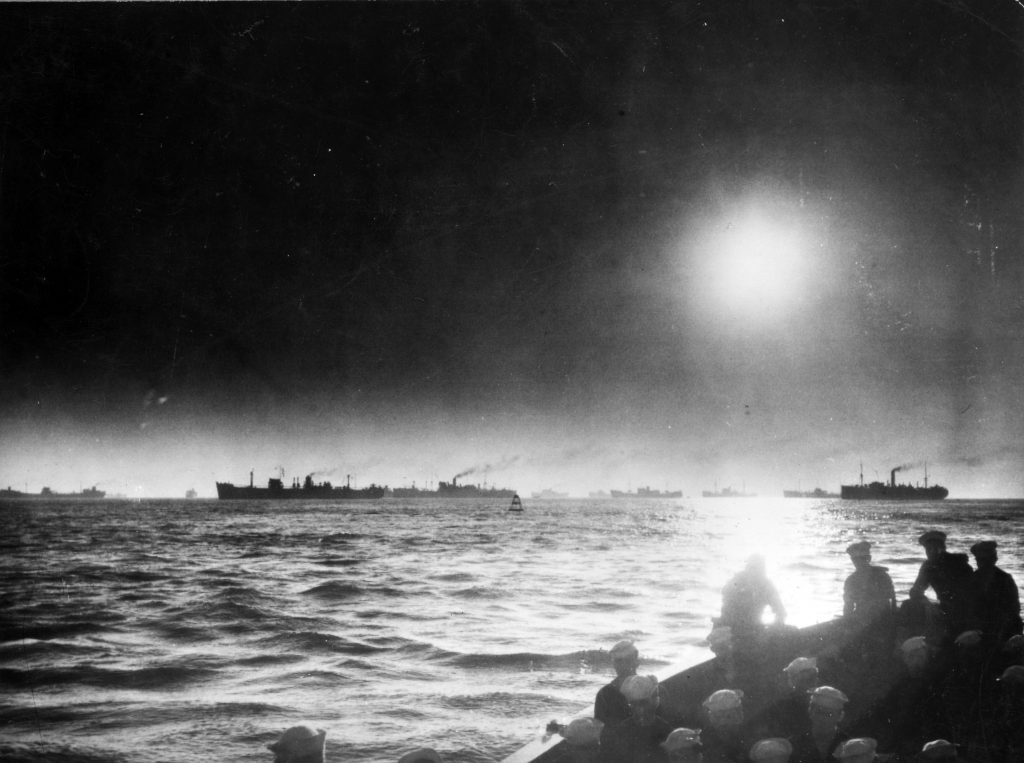
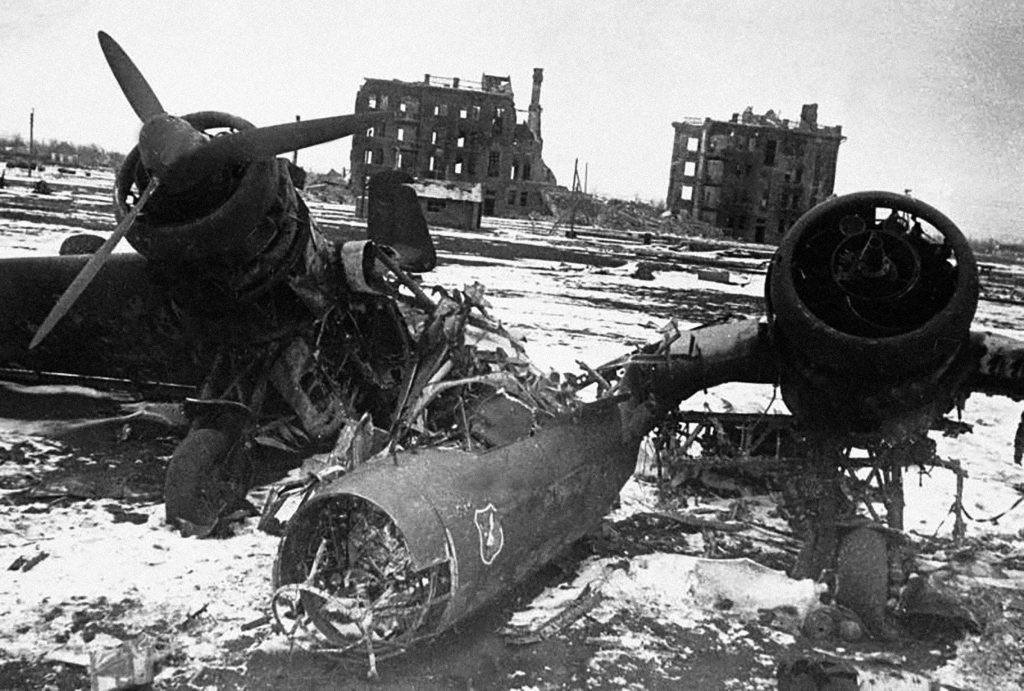
Battle of Stalingrad
The Battle of Stalingrad was one of the largest and deadliest battles in World War II. Stalingrad was located in Southwest Russia on the Volga River. The battle took place during the last part of 1942 and early 1943. The battle began when the German air force, the Luftwaffe, bombed the Volga River and the then city of Stalingrad. The German army moved in and was able to take a large portion of the city.
However, the Soviet troops were not ready to give up. Fighting in the city of Stalingrad was fierce. Soviets hid all over the city, in buildings and even the sewers, attacking the German soldiers. In November, the Soviets gathered and made a counter attack. They trapped the German army inside of Stalingrad. Soon the Germans began to run out of food. Finally, weak from lack of food and freezing from the cold winter, the majority of the German army surrendered. Hitler was angry with General Paulus for surrendering. He expected Paulus to fight to death or commit suicide, rather than surrender.
Battle of the Bulge
The Battle of the Bulge was a major battle in Europe during World War II. It was Germany’s final attempt to drive the Allies off of mainland Europe. Most of the troops involved on the Allied side were American troops. It is considered one of the greatest battles ever fought by the United States military. After the Allies had freed France and defeated Germany at Normandy, many thought that World War II in Europe was coming to an end. However, Adolf Hitler of Germany had different ideas. Early in the morning on December 16, 1944, Germany launched a major attack.
It was winter and the weather was snowy and cold. The Americans were not ready for the attack. The Germans broke through the line and killed thousands of American troops. They tried to advance quickly. Despite the quick advance and the overwhelming forces of the Germans, many American soldiers held their ground. They did not want Hitler to take over again. It was small groups of American troops throughout the front who dug in and held out until reinforcements could come that won the battle for the Allies.
